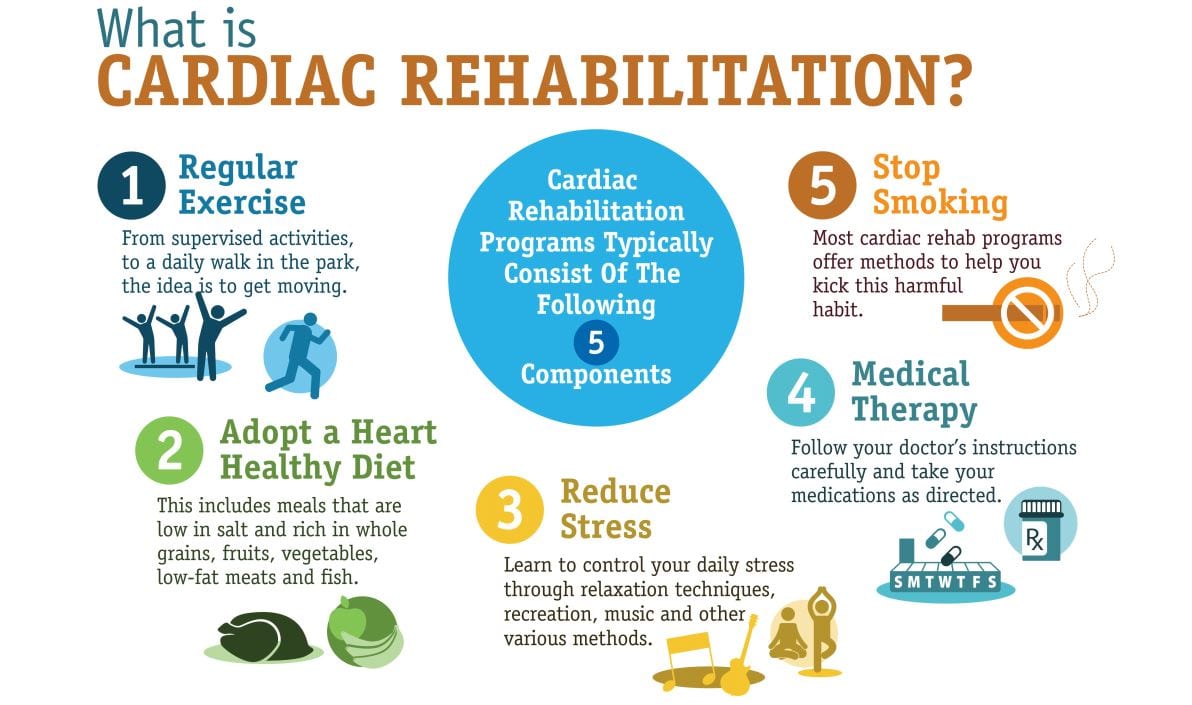Some Known Details About Narconon Africa
Some Known Details About Narconon Africa
Blog Article
Indicators on Narconon Africa You Should Know
Table of ContentsNot known Factual Statements About Narconon Africa Facts About Narconon Africa RevealedThe smart Trick of Narconon Africa That Nobody is DiscussingNarconon Africa for BeginnersAbout Narconon AfricaOur Narconon Africa PDFsExcitement About Narconon Africa
In a series of papers with Manudeep Bhuller and Katrine V. Lken, we overcome these information difficulties and the nonrandomness of jail time, providing brand-new understandings right into just how imprisonment affects recidivism, work, youngsters, and criminal networks - Effective drug addiction solutions. Figure 1 Our work researches the results of imprisonment in Norway, a setup with two crucial advantagesWe can further connect this information to other household members, including children and siblings. Additionally, we know on co-offending that enables us to map out criminal networks for observed criminal offenses. Second, we can take advantage of the arbitrary job of criminal instances to courts that vary in their propensities to send offenders to jail.
Some courts send offenders to jail at a high price, while others are more tolerant. We determine a court's stringency as the average imprisonment rate for all various other instances a judge handles, after managing for court and year fixed impacts, which is the degree of random task. This quasi-random assignment of court stringency can be used as an instrument for imprisonment, as it strongly forecasts the court's decision in the existing instance, however is uncorrelated with various other case attributes both deliberately and empirically.
3 Easy Facts About Narconon Africa Described
Attributes of prisoners, including demographics and criminal activity groups, are extensively comparable in Norway and various other nations, including the United States, with the exceptions that the United States murder price is much higher, and race plays a larger function there. What sticks out as different, specifically compared to the USA, is the jail system.
Figure 2In Norway, the average time invested in jail is a little over 6 months, which is comparable to most other Western European countries. This contrasts with ordinary US prison time of nearly 3 years, which is in huge part the factor the USA is an outlier in its imprisonment rate compared to the remainder of the globe [Figure 1]
The 5-Second Trick For Narconon Africa
This gives a lot more separation in between minor and hardened criminals than exists in the USA. There is no overcrowding in Norwegian jails and better personal security, with each detainee being appointed to their very own cell and a higher inmate-to-staff proportion than in the United States (https://www.imdb.com/user/ur182712620/?ref_=nv_usr_prof_2). Jails in Norway also use well-funded education, medication treatment, mental health and wellness, and work training programs
Our research study on the impacts of imprisonment on the transgressor, using the random task of courts as an instrument, returns 3 crucial findings. Imprisonment dissuades better criminal behavior. We locate that incarceration lowers the likelihood that an individual will reoffend within five years by 27 percent factors and lowers the corresponding number of criminal charges per person by 10 charges.
The Single Strategy To Use For Narconon Africa
We find large declines in reoffending likelihoods and cumulative billed criminal activities also after accuseds are released from prison. Our 2nd outcome is that bias as a result of option on unobservable private qualities, if neglected, causes the erroneous verdict that time spent behind bars is criminogenic. If we simply compare criminal defendants sentenced versus those not imprisoned, we find favorable organizations in between imprisonment and succeeding criminal offense.
This stands in comparison to our analysis find based upon the arbitrary task of courts, which finds an opposite-signed outcome. Third, the decrease in criminal activity is driven by people that were not functioning before incarceration. Among these people, jail time raises involvement in programs directed at boosting employability and lowering relapse, and this inevitably increases work and incomes while dissuading criminal actions.

Jail time triggers a 34 portion point rise in engagement in work training programs for the previously nonemployed, and within five years their employment price increases by 40 percentage factors. At the very same time, the chance of reoffending within 5 years is cut by 46 portion factors, and there is a decline of 22 in the typical number of criminal charges.
A Biased View of Narconon Africa

A possible explanation for the difference is that Norway's prison system varies significantly, both in regards to prison-term size and prison problems, from the United States prison system. While comprehending the effects of imprisonment on the offender is a vital primary step, recording spillover effects is also important for evaluating criminal justice policy and designing efficient jail systems.
The Greatest Guide To Narconon Africa
Common least squares estimates expose that children of incarcerated dads are 1 percentage point more probable to be billed with a criminal activity, loved one to a mean of 13 percent, and reveal no impact on institution grades. Using our court stringency instrument, we find no statistical proof that a father's imprisonment influences a child's own criminal activity or college qualities, however we are unable to dismiss modest-sized effects.
The 4-Minute Rule for Narconon Africa
We define criminal teams based upon network links to previous criminal situations. Our analysis yields 3 main searchings for. When a criminal network participant is put behind bars, their peers' possibility of being charged with a future criminal offense reduces by 51 percentage factors over the following four years. Having an older sibling jailed minimizes the likelihood his younger sibling will be charged with a crime by 32 percentage factors over the following four years.
Report this page